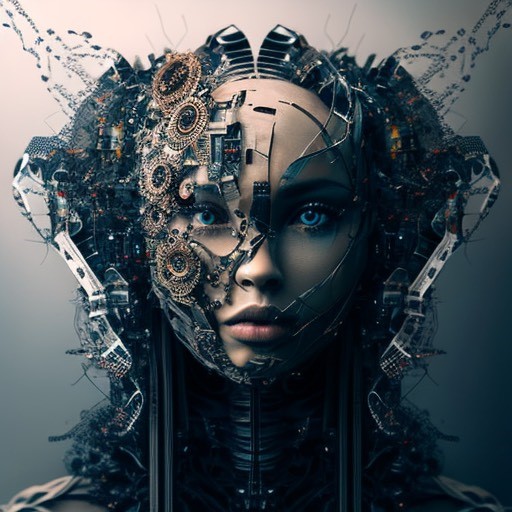DALL-E is a deep learning model developed by OpenAI that can generate images from natural language descriptions. This ground breaking technology represents a significant step forward in the field of artificial intelligence and has the potential to revolutionize the way we interact with and understand images.
DALL-E is based on the GPT-3 architecture, which is a deep learning model that has been trained on a massive amount of text data. The model has the ability to understand and generate human-like text, making it ideal for a wide range of natural language processing tasks. In the case of DALL-E, the model is trained on a dataset of images and their associated captions, allowing it to learn the relationship between language and images.

One of the key innovations of DALL-E is its ability to generate images from text descriptions that are not part of the training dataset. This is known as zero-shot image generation, and it allows the model to generate images that are not just limited to the specific images it has seen during training. For example, if the model is trained on images of dogs, it should be able to generate an image of a dog even if the text description it is given does not match any of the dog images it has seen during training.
Another major advantage of DALL-E is its ability to generate high-quality images. The model is able to generate images that are highly detailed and realistic, making it ideal for a wide range of applications such as computer graphics and video game design.
One of the most exciting potential uses of DALL-E is in the field of creative design. The ability to generate images from text descriptions opens up a wide range of possibilities for designers, allowing them to quickly and easily generate new and unique images without the need for manual drawing or manipulation.
Another potential application of DALL-E is in the field of education. The ability to generate images from text descriptions can be used to create interactive educational resources that help students to better understand and remember complex concepts. For example, a teacher could use DALL-E to generate images that help students to visualize the different parts of a cell or the stages of a chemical reaction.
DALL-E can also be used in the field of marketing, where it can be used to generate product images, infographics, and other visuals to help promote a product or service. This can help companies to create more engaging and effective marketing materials without the need for manual design work.
DALL-E also has potential in the field of accessibility, where it can be used to generate images for people with visual impairments. For example, DALL-E can be used to generate images that are more easily understood by people with visual impairments, or to generate images that can be described using text-to-speech software.
Overall, DALL-E represents a significant step forward in the field of artificial intelligence and has the potential to revolutionize the way we interact with and understand images. Its ability to generate images from text descriptions and its ability to generate high-quality images make it ideal for a wide range of applications such as creative design, education, marketing, and accessibility. As the technology continues to develop, we can expect to see DALL-E becoming an increasingly important tool in a wide range of fields.
